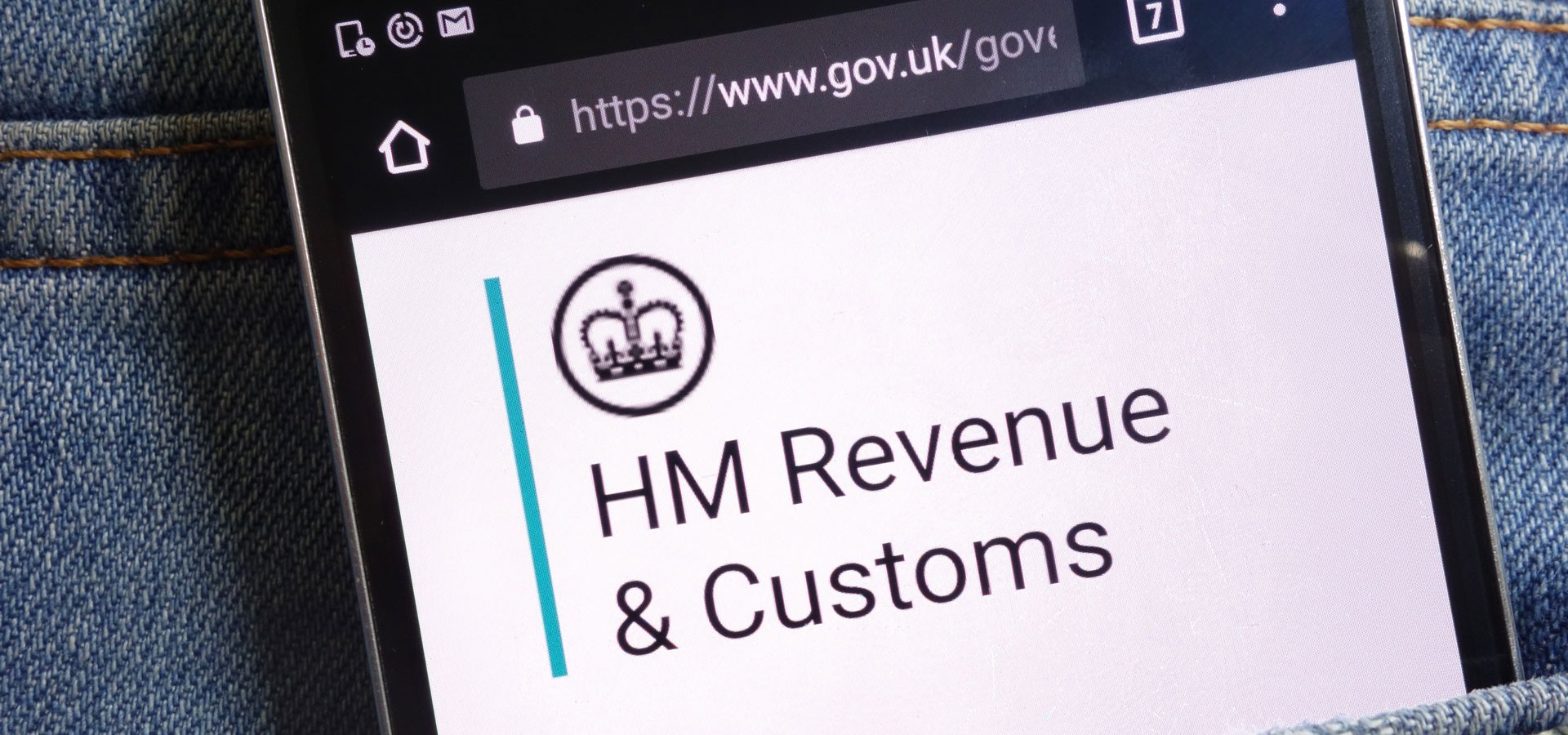What is IR35?
At face value working through a Limited Company is more financially rewarding than working through either an Umbrella Company or employed PAYE.
In fact due to this tax benefit many full time employees might want to explore contracting, while Umbrella Company contractors might choose to switch to a Limited Company.
Equally many employers might wish to turn their employees into contractors to save on Employers National Insurance contributions.
In response to a wave of transitions from employees to contracting, the UK government acted to introduce legislation to protect their tax receipts (which would suffer as a result).
The issue at hand was to tackle where employers and employees were deliberately entering into contracting arrangements in order to lower their tax payments.
The IR35 rules were therefore designed to spot “falsely” self-employed workers and make them (and their employers) pay taxes as if the contractor were employed. The first batch of IR35 rules spanned both the public and private sectors, focusing on the contracts contractors were entering into.
Contracts were scrutinised to look for clues that the contractor was in fact under the same direction and supervision as an employee. In reality a genuine contractors should be free to perform their role when and how they see fit.
When reviewing a contract HMRC would focus on key facts such as:
- Does the contractor need to book in their holidays like an employee would?
- Does the contractor need to wear a uniform like an employee would?
- Does the contractor have a desk or defined place of work like an employee would?
- Does the contractor have the right to send someone else to do their work?
- Does the contractor have to manage a team or be managed as part of a team?
In the event that the contractor appeared to be subject to the same working practices as an employee, HMRC would deem them “inside IR35” and issue demands for Employers National Insurance from the employer and expect the contractor to process their payroll through PAYE.
In reality, despite working practices failing the IR35 tests, prior to April 2017, contracts were written to ensure they passed any IR35 scrutiny.
In April 2017 however, HMRC stepped up their IR35 game. As part of a two part reform program (the private sector part coming in April 2020) the government revised the IR35 rules for the public sector.
In effect rather than looking at an actual contract, the government placed the responsibility for IR35 compliance upon the recipient of the work. In practice this meant an NHS Trust or another government department would look at their contractors working practices when deciding if they were inside IR35.
In response to this new responsibility, NHS trusts in the UK and other government departments declared their contractors inside IR35. Once declared inside IR35, the low salary, high dividend mix that made Limited Companies financially beneficial was effectively dead in the water.
As it stands today, any contractors caught by IR35 in the public sector must process their payroll through PAYE, effectively rendering the use of a Limited Company for these contractors pointless. As a result of IR35 a Limited Company became no more financially rewarding than an Umbrella Company despite the extra hassle.










